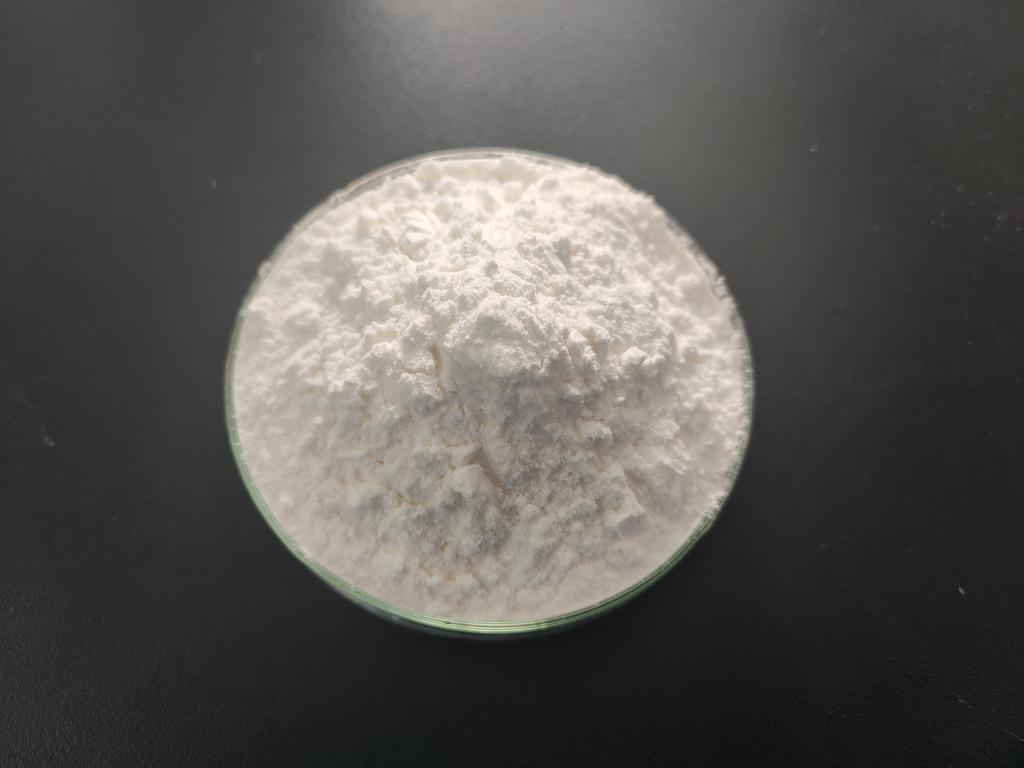Tel:0086 18231198596

News
Current Position:
Home >
News
>Exploring ε-Polylysine Hydrochloride's Potential in Water Desalination Technologies
Exploring ε-Polylysine Hydrochloride's Potential in Water Desalination Technologies
TIME:2024-02-05
The Global Water Scarcity Challenge:
Water scarcity is a multifaceted challenge affecting millions of people worldwide. Population growth, climate change, and inefficient water management contribute to the strain on freshwater resources. Desalination, the process of removing salt and impurities from seawater, has gained prominence as a supplementary source of freshwater. However, existing desalination technologies often face limitations related to energy consumption, environmental impact, and the need for sustainable alternatives.
Introduction to ε-Polylysine Hydrochloride:
ε-Polylysine hydrochloride is a naturally occurring antimicrobial compound produced through microbial fermentation, particularly by strains of Streptomyces albulus. Known for its biodegradability and selective antimicrobial action, ε-polylysine has found applications in various industries, including food preservation and medical fields. Its unique properties make it an intriguing candidate for exploring new avenues in water desalination.
Antimicrobial Properties and Mechanism of ε-Polylysine:
The antimicrobial action of ε-polylysine hydrochloride stems from its ability to disrupt microbial cell membranes. As a cationic polymer, ε-polylysine interacts with negatively charged components on the surface of microorganisms, leading to membrane permeabilization and cell lysis. This mechanism of action makes ε-polylysine effective against a broad spectrum of bacteria and fungi, potentially addressing biofouling challenges in desalination systems.
Addressing Biofouling in Desalination:
Biofouling, the accumulation of microorganisms on membranes and surfaces in desalination plants, is a significant challenge that hampers efficiency and increases maintenance costs. The selective antimicrobial action of ε-polylysine offers a potential solution to mitigate biofouling. By incorporating ε-polylysine into desalination membranes or treatment processes, the growth of biofouling microorganisms can be inhibited, leading to improved system performance and reduced maintenance requirements.
Enhancing Desalination Membrane Performance:
Desalination membranes are critical components of reverse osmosis systems, separating salt and impurities from water. However, these membranes are susceptible to fouling, reducing their efficiency over time. ε-Polylysine hydrochloride's ability to inhibit microbial growth on membrane surfaces can enhance the longevity and performance of desalination membranes. Research is underway to explore the optimal concentrations and application methods of ε-polylysine for this purpose.
Environmental Sustainability in Desalination:
Traditional desalination processes often require significant energy inputs, primarily in the form of electricity, contributing to environmental concerns. By addressing biofouling and enhancing membrane performance, ε-polylysine has the potential to improve the energy efficiency of desalination systems. This aligns with the broader goal of achieving environmental sustainability in water desalination technologies.
Exploring Synergies with Existing Desalination Methods:
ε-Polylysine hydrochloride's potential in water desalination goes beyond addressing biofouling. Researchers are exploring synergies between ε-polylysine and existing desalination methods. For example, ε-polylysine could be integrated into pre-treatment processes to reduce microbial load before water reaches the desalination membranes. Such synergistic approaches aim to optimize the overall efficiency and sustainability of desalination processes.
Challenges and Considerations:
While ε-polylysine hydrochloride shows promise in addressing biofouling and enhancing desalination efficiency, challenges and considerations exist. These include determining optimal concentrations, potential interactions with other desalination chemicals, and the long-term stability of ε-polylysine in desalination systems. Collaborative efforts between researchers, industry stakeholders, and environmental regulators are crucial to address these challenges and ensure the responsible implementation of ε-polylysine in desalination.
Economic Considerations and Scalability:
The economic viability and scalability of integrating ε-polylysine into desalination technologies are critical factors for its widespread adoption. Cost-effectiveness, availability of raw materials, and compatibility with existing infrastructure will influence the feasibility of incorporating ε-polylysine into large-scale desalination plants. Research efforts are underway to assess the economic considerations and optimize production processes to enhance the scalability of ε-polylysine in desalination applications.
Future Directions and Research Opportunities:
The exploration of ε-polylysine hydrochloride's potential in water desalination opens up exciting avenues for future research. Research opportunities include further understanding its interactions with different desalination membranes, optimizing application methods, and exploring its compatibility with various water sources. Additionally, investigations into the environmental fate of ε-polylysine and its byproducts in desalination brines will be essential for a comprehensive assessment of its sustainability.
Conclusion:
In conclusion, ε-polylysine hydrochloride holds promise as a natural and sustainable solution for addressing challenges in water desalination technologies. Its selective antimicrobial action offers a novel approach to mitigate biofouling, enhance membrane performance, and contribute to the overall efficiency of desalination processes. As the world grapples with water scarcity, the exploration of innovative solutions like ε-polylysine demonstrates the potential to revolutionize and make desalination more sustainable, ensuring a reliable source of freshwater for the future.

 CONTACT
CONTACT




